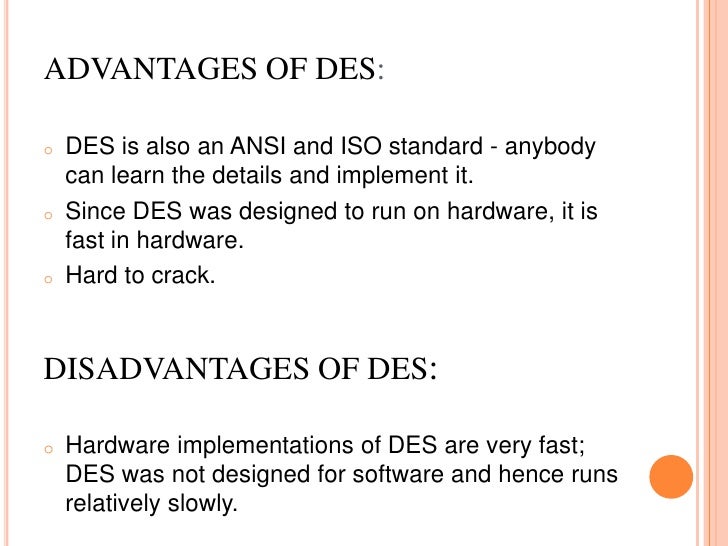Round Key Generation In Aes
Is derived from the existing round key 26 according to the AES round key schedule. The number of iterations (Nr−1) of the encryption round 28 is 9 where a 128-bit encryption key is being used, 11. Expansion of Round Key Generations in Advanced Encryption Standard 1681 DES uses Feistel structure and Feistel structure do not encrypt the entire block in one round, it takes two round for encrypting the entire block. This is the reason AES uses fewer number of round.

AES uses a key schedule to expand a short key into a number of separate round keys. The three AES variants have a different number of rounds. Each variant requires a separate 128-bit round key for each round plus one more.[note 1] The key schedule produces the needed round keys from the initial key.
Sep 29, 2005 Successive round keys of an expanded key according to the AES block cipher algorithm are generated from an initial cryptographic key, for use in a cryptographic (encryption and/or decryption) engine, in real time as the cryptographic process is executing. AES uses a key schedule to expand a short key into a number of separate round keys. The three AES variants have a different number of rounds. Each variant requires a separate 128-bit round key for each round plus one more. The key schedule produces the needed round keys from the initial key.
Round constants[edit]
| i | 1 | 2 | 3 | 4 | 5 | 6 | 7 | 8 | 9 | 10 |
|---|---|---|---|---|---|---|---|---|---|---|
| rci | 01 | 02 | 04 | 08 | 10 | 20 | 40 | 80 | 1B | 36 |
The round constant rconi for round i of the key expansion is the 32-bit word:
where rci is an eight-bit value defined as:
where is the bitwise XOR operator and constants such as 0016 and 1B16 are given in hexadecimal. Equivalently:
where the bits of rci are treated as the coefficients of an element of the finite field, so that e.g. represents the polynomial .
AES uses up to rcon10 for AES-128 (as 11 round keys are needed), up to rcon8 for AES-192, and up to rcon7 for AES-256.[note 2]
The key schedule[edit]
Define:
- N as the length of the key in 32-bit words: 4 words for AES-128, 6 words for AES-192, and 8 words for AES-256
- K0, K1, .. KN-1 as the 32-bit words of the original key
- R as the number of round keys needed: 11 round keys for AES-128, 13 keys for AES-192, and 15 keys for AES-256[note 3]
- W0, W1, .. W4R-1 as the 32-bit words of the expanded key[note 4]
Key Generation In Aes
Also define RotWord as a one-byte left circular shift:
Aes Key File
and SubWord as an application of the AES S-box to each of the four bytes of the word:
Arma 2 operation arrowhead serial key generator. Then for :
Notes[edit]
Round Key Generation In Aesthetician
- ^Non-AES Rijndael variants require up to 256 bits of expanded key per round
- ^The Rijndael variants with larger block sizes use more of these constants, up to rcon29 for Rijndael with 128-bit keys and 256 bit blocks (needs 15 round keys of each 256 bit, which means 30 full rounds of key expansion, which means 29 calls to the key schedule core using the round constants). The remaining constants for i ≥ 11 are: 6C, D8, AB, 4D, 9A, 2F, 5E, BC, 63, C6, 97, 35, 6A, D4, B3, 7D, FA, EF and C5
- ^Other Rijndael variants require max(N, B) + 7 round keys, where B is the block size in words
- ^Other Rijndael variants require BR words of expanded key, where B is the block size in words
Key Generation Software
References[edit]
- FIPS PUB 197: the official AES standard (PDF file)
External links[edit]
- schematic view of the key schedule for 128 and 256 bit keysfor 160-bit keys on Cryptography Stack Exchange